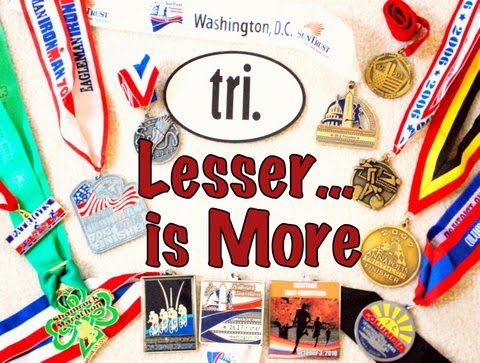First, a caveat - no equipment, other than running shoes, was used in this study. No real research was actually conducted. I only included conditions I ran through on my long run yesterday, so ice was not considered. And most importantly, no basis was given for the scoring, other than how I felt about each type while out on a long run yesterday.
So with that said, I bring you the ground types:
1) Asphalt

- Pros: If you were the conservative training type and wanted the lowest risk to injury possible, you'd select asphalt as the preferred ground type. It is smooth, gives great traction, and is easy to see in any time of day or night (with headlamp of course at night). It is likely the surface that allows you to go the fastest at any level of effort.
- Cons: We are talking about fun here, not just best for running. Traction is good, but sometimes it is a little fun to slip around. Going fast is also fun, but running hard to go fast is not. Vary your training a little bit and get off the asphalt!
2) Slush
- Pros: If you are into getting soaked and as a result, blisters, then by all means, slush is fun. For those sadistic folks, you may look forward to slopping along. I unfortunately had the pleasure of running through this stuff quite a bit, because the sun had melted some sections of the trail, but not completely, leaving me with lots of slush.
- Cons: This is not the kind of fun you have when you jump into a puddle in the middle of summer to cool down when it is hot out. If the slushy mess eventually gets into your shoe, the cold can feel quite uncomfortable. Not to mention, the blisters that can result from a long run on cold, wet feet. In order to minimize the wetness factor, you have to lift your legs like you're running through tire holes at an NFL combine. Fun for about 10 seconds, till you realize that your feel are still wet and now your legs are sore.
3) Packed snow
- Pros: This actually gives you pretty good grip while running. Given the uneven state of the packed snow, you spend a lot of the time looking toward your next step, which takes your mind away from thinking about running. Aside from running on asphalt, this allowed me to run my fastest pace, but was a lot softer on impact. I have to say, it was quite fun to run on this stuff!
- Cons: Footing can be great, but it can also be treacherous. One second of lost focus could result in a twisted ankle.
4) Powder
- Pros: Sure is great to ski on! Oh wait, this is about running again. Running was pretty fun too. Not as great traction as packed snow, but still pretty good. The benefit over packed snow is that you don't have to deal with as much treacherous footing. Since it is powder, your foot lands with a light push to the ground. Less impact = less soreness in the legs.
- Cons: Requires you to slow down a bit, because the transition from landing to push off is slower. You also risk getting snow/wetness into your shoe, resulting in potential blisters.
Conclusion:
This run was a lot of fun (except for the slushy parts). Although my heart rate was a bit higher due to the varied terrain, the fun factor was off the charts.
- If possible, I'd try to r
Publish Post
- Avoid slush at all costs! Run in the morning, when the sun hasn't had a chance to melt the snow.
- Have fun by running on different terrain than you are used to. My legs are SORE from using all those different muscles needed to stay upright in these kinds of conditions.


1 comment:
Funny, I was thinking of your post this evening while running as the snow started to fall. Found all four types of snow that you mentioned (well, crusty powder on that last one). The slush sucked.
Post a Comment